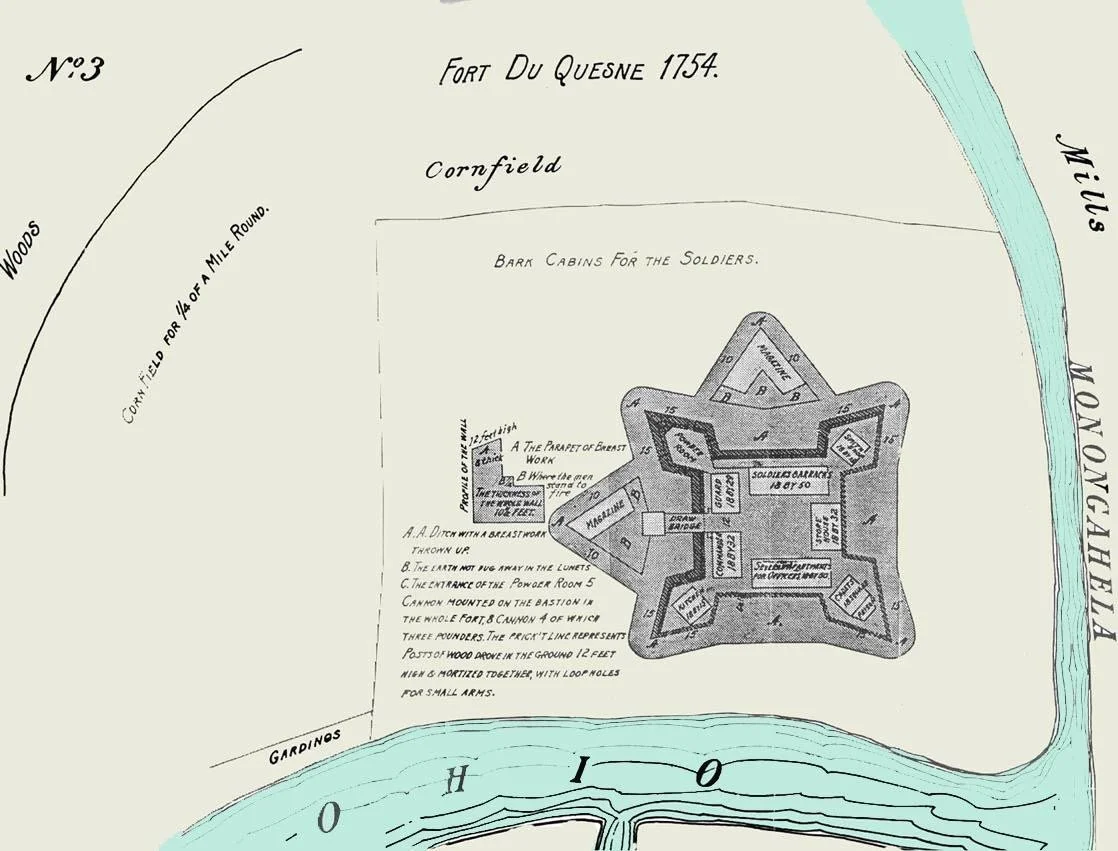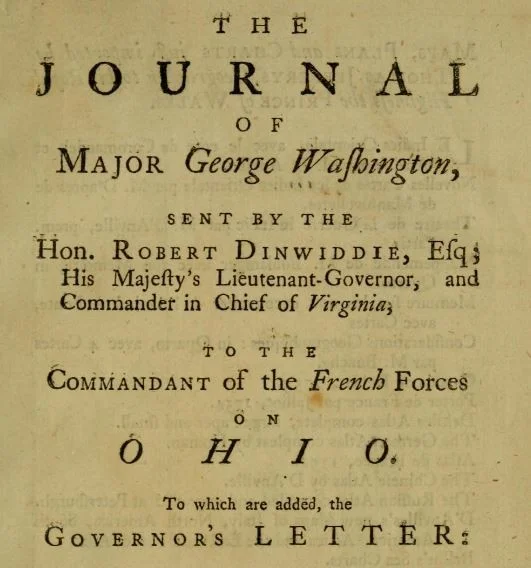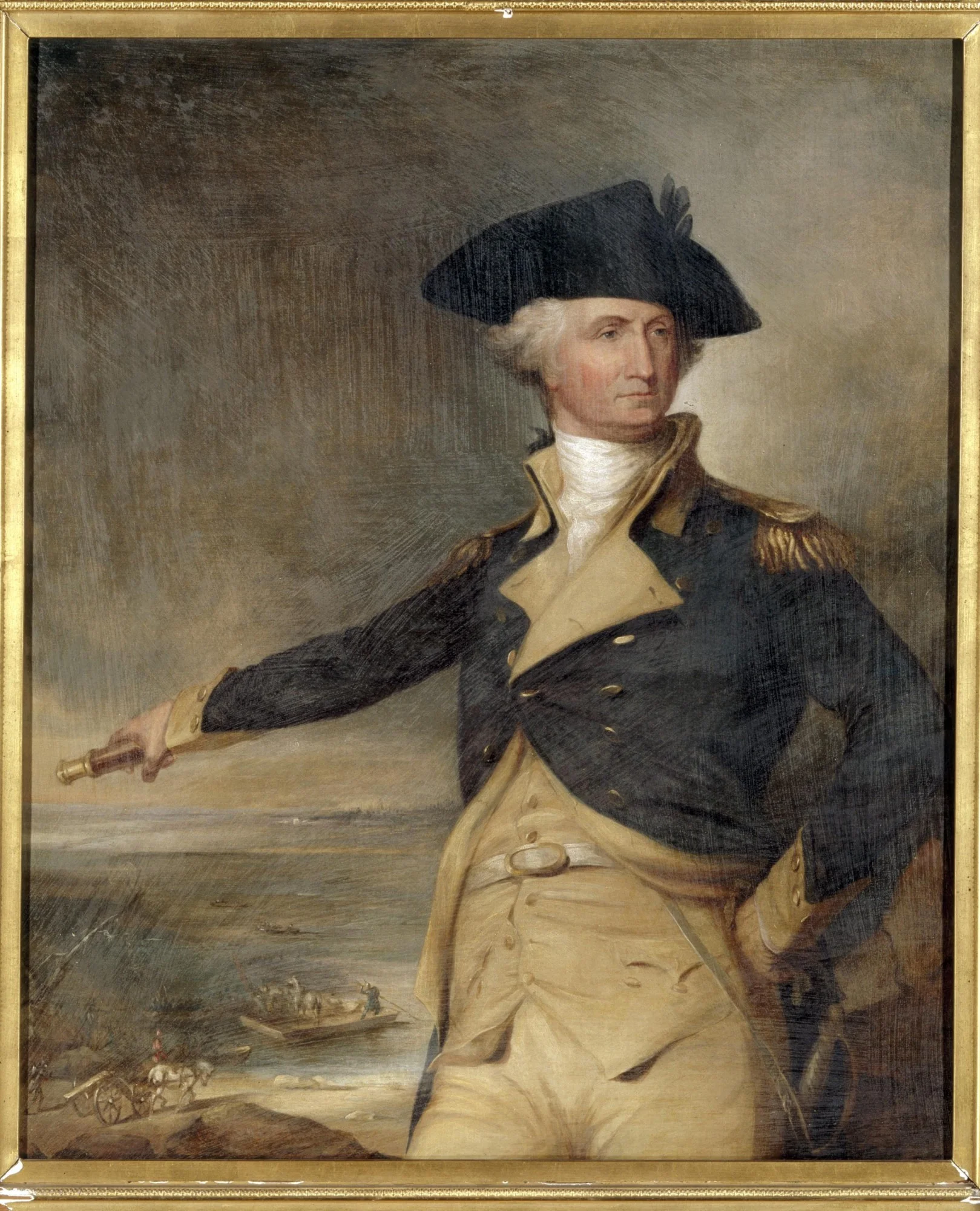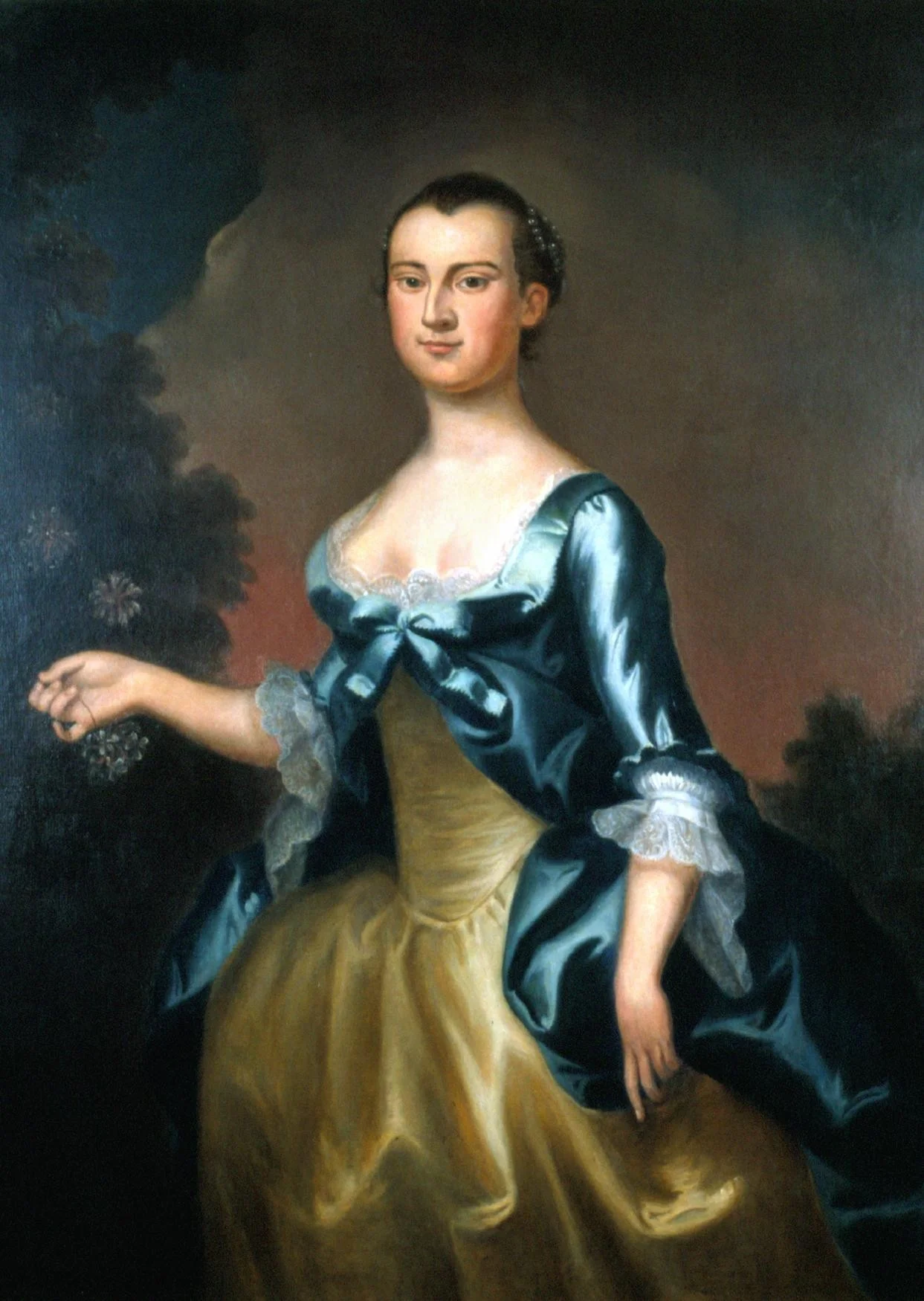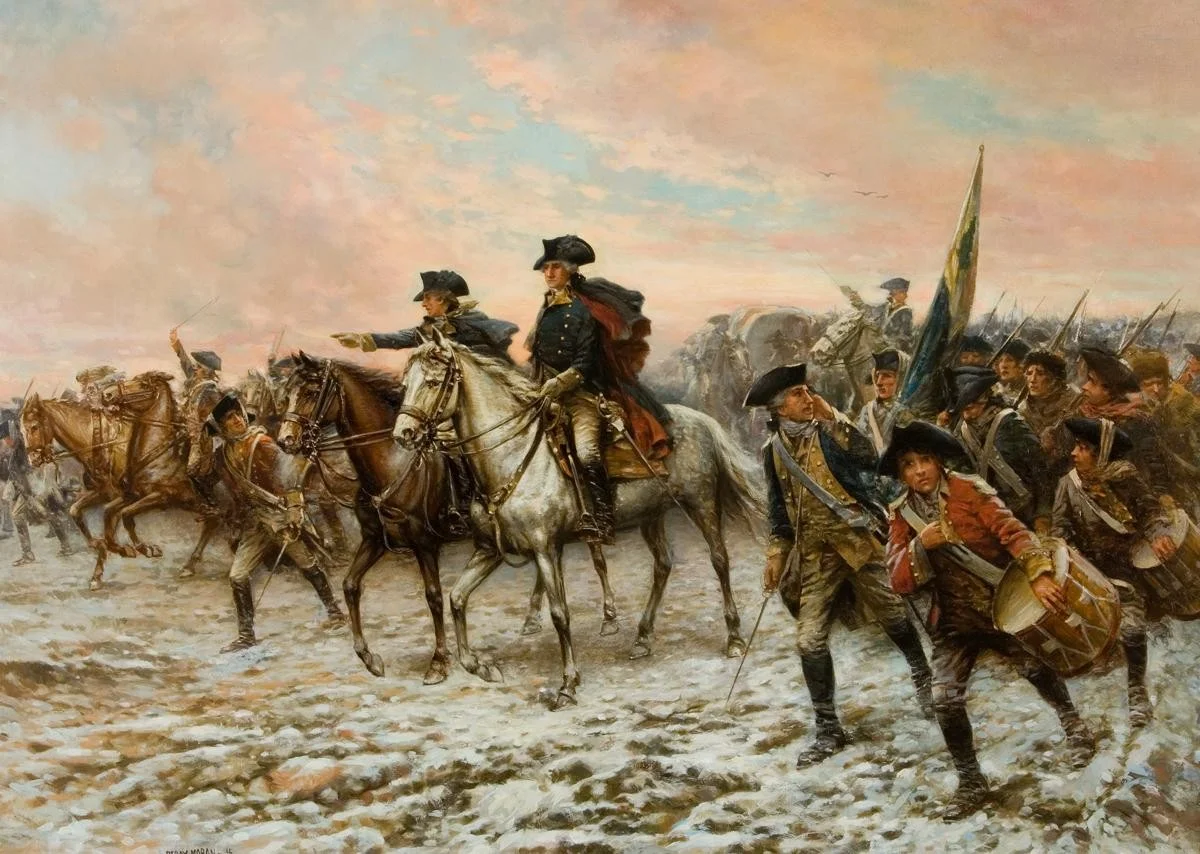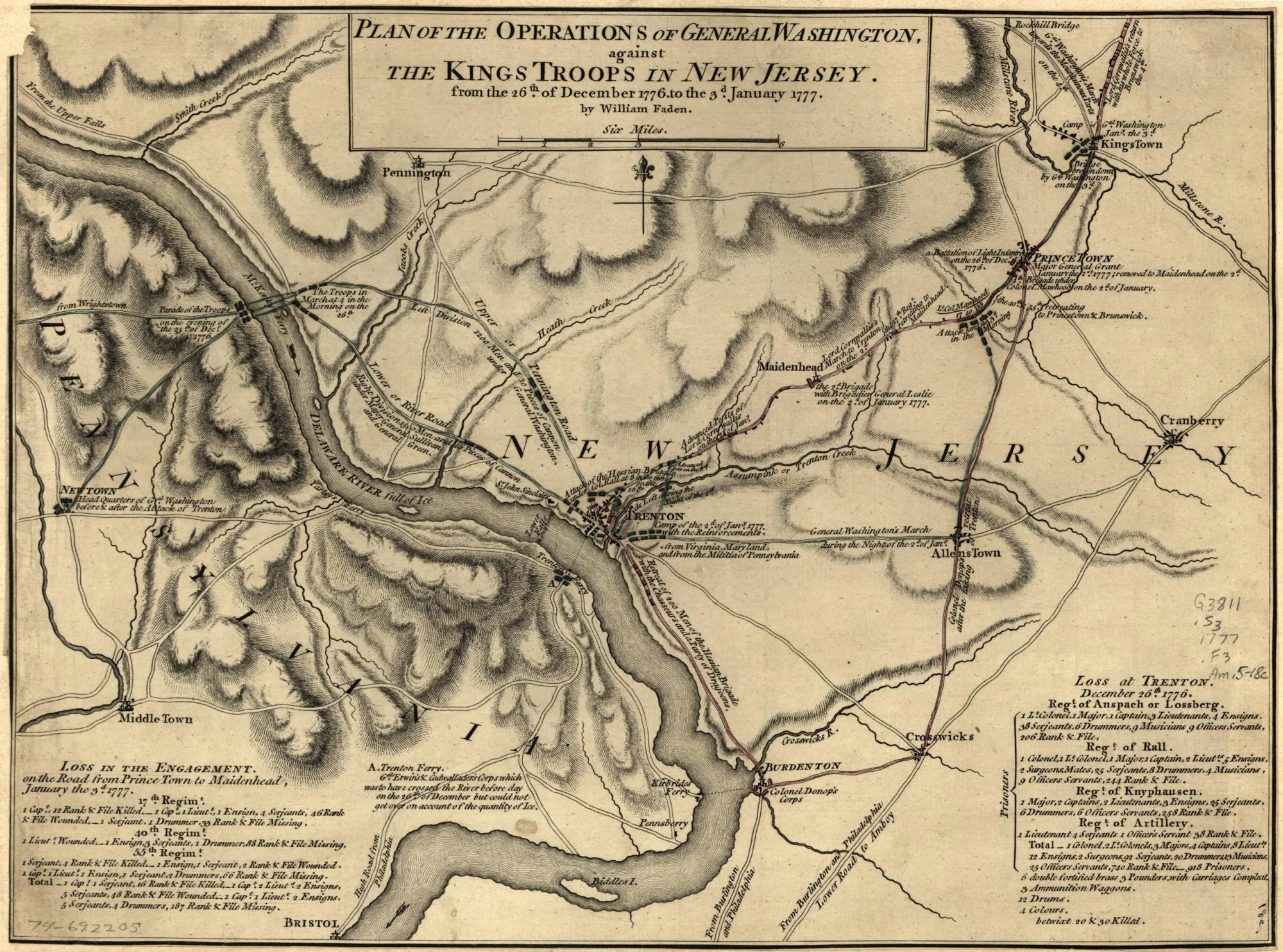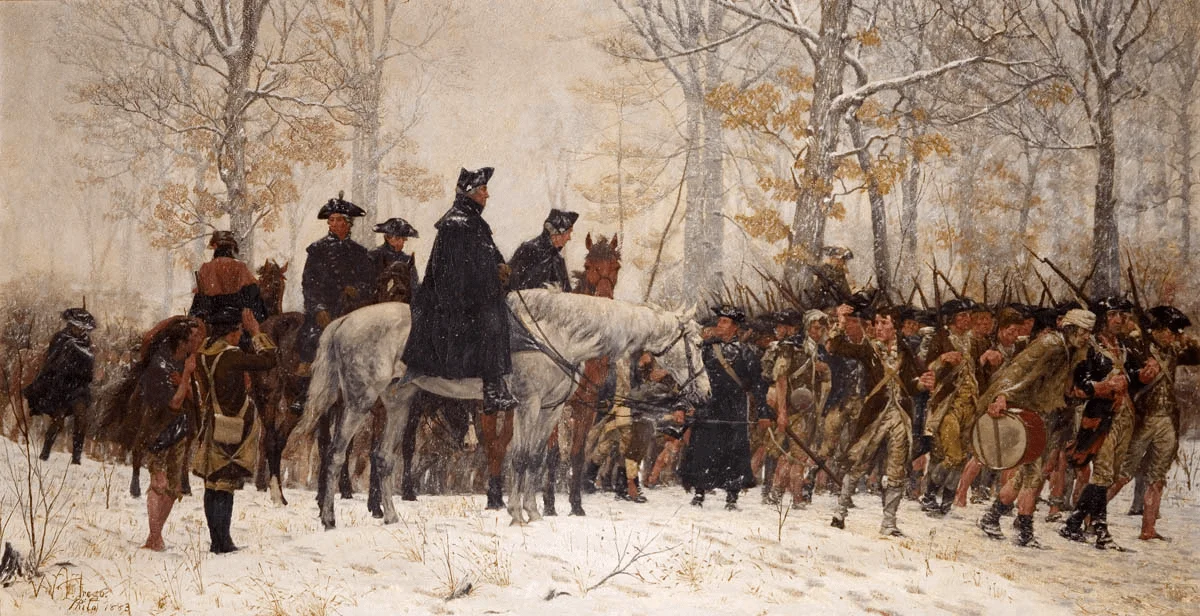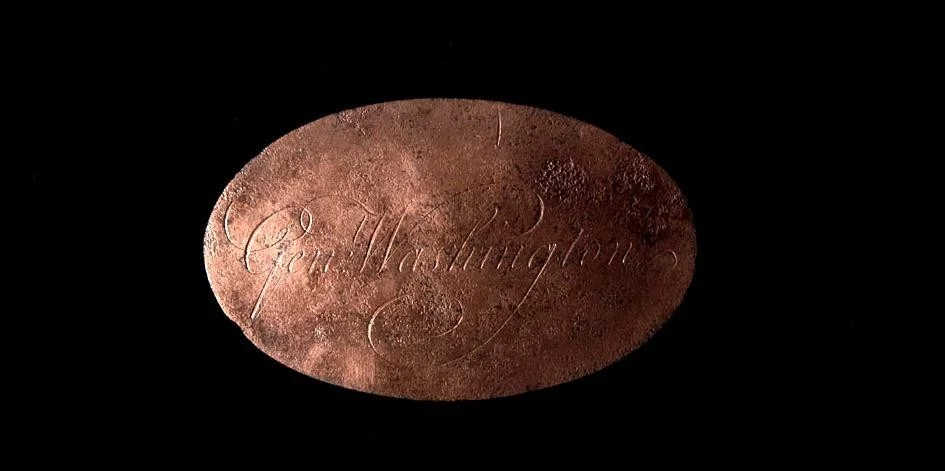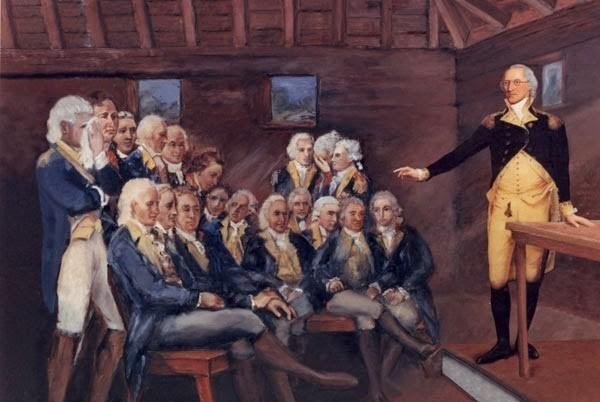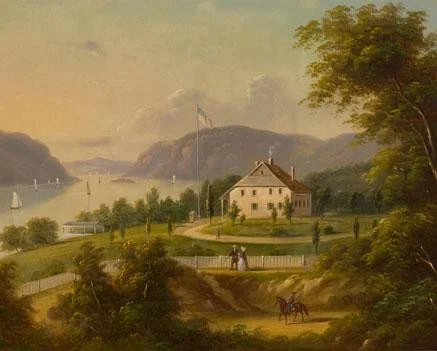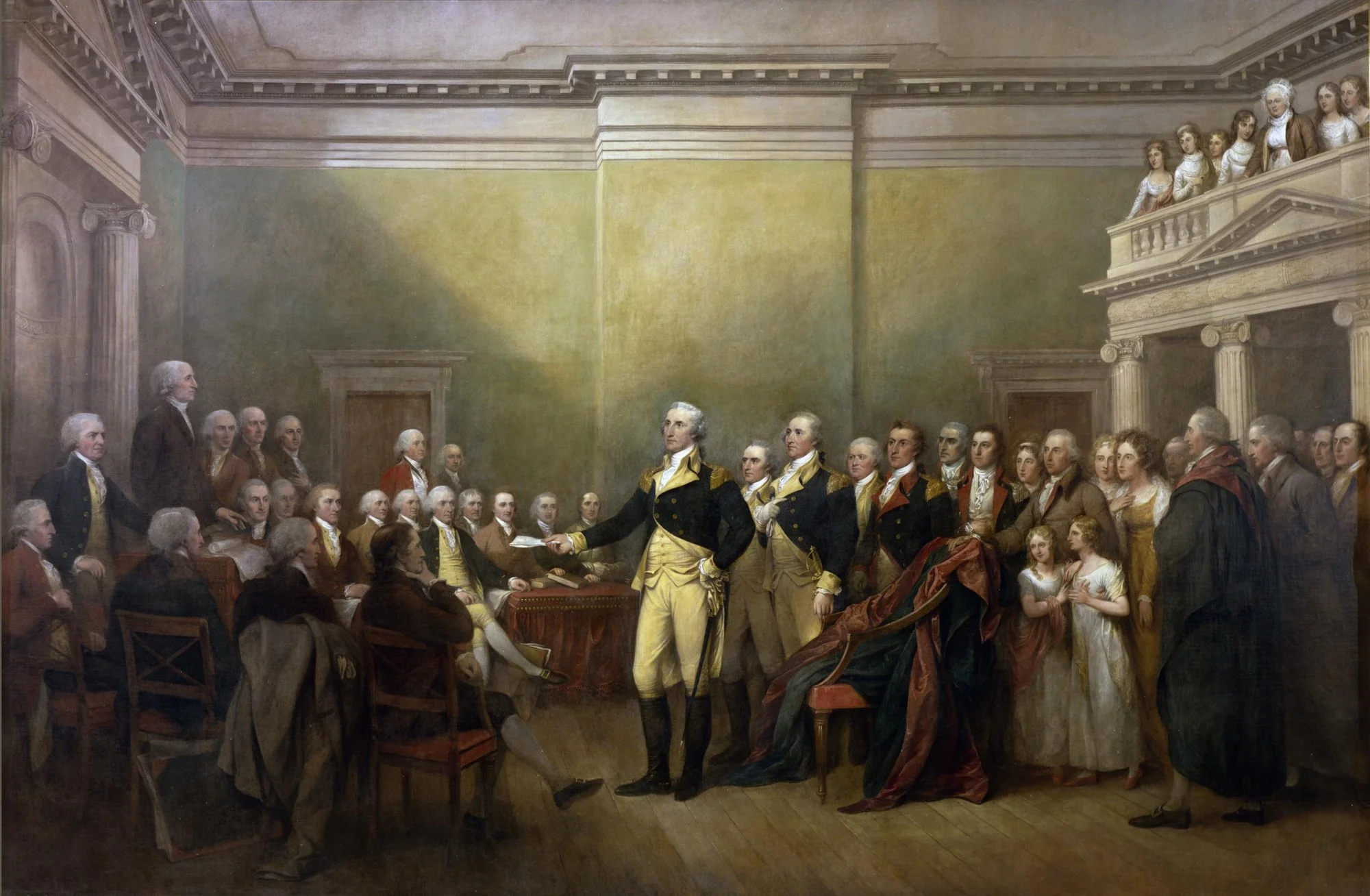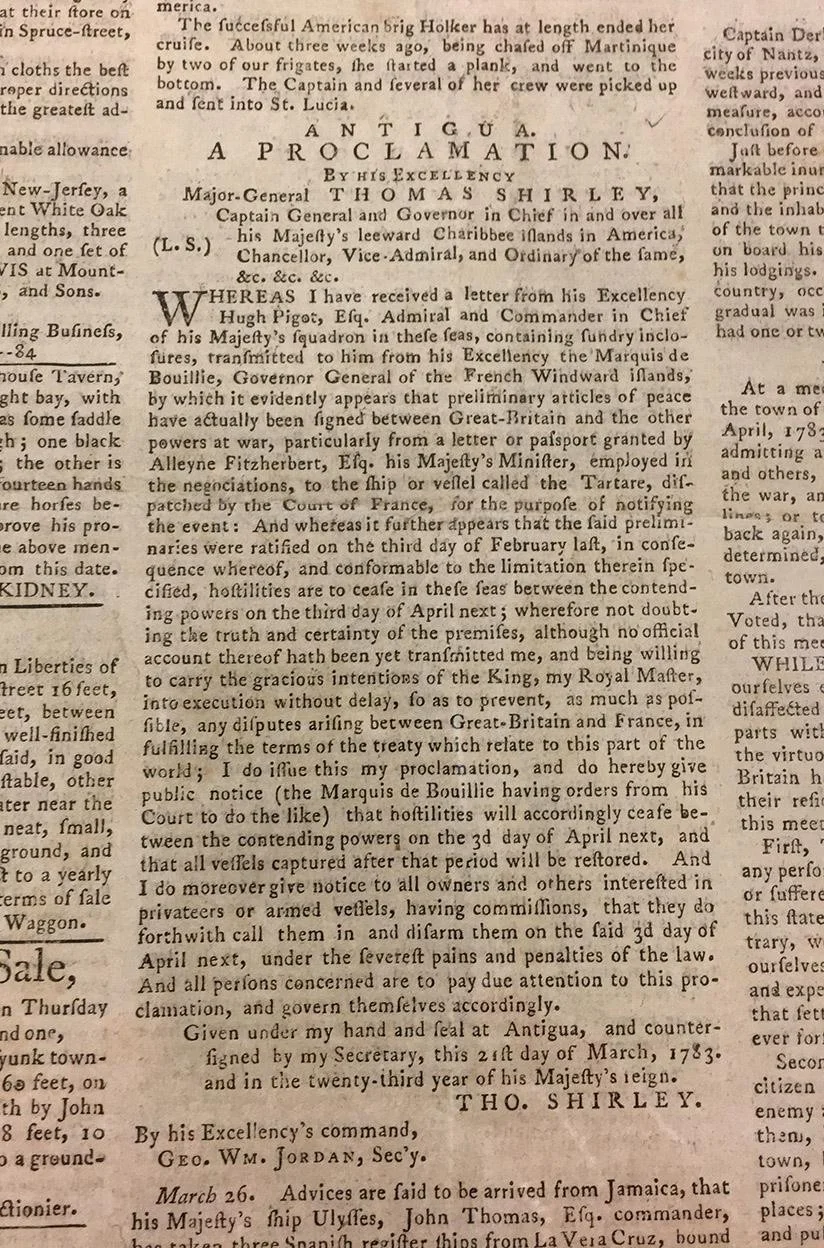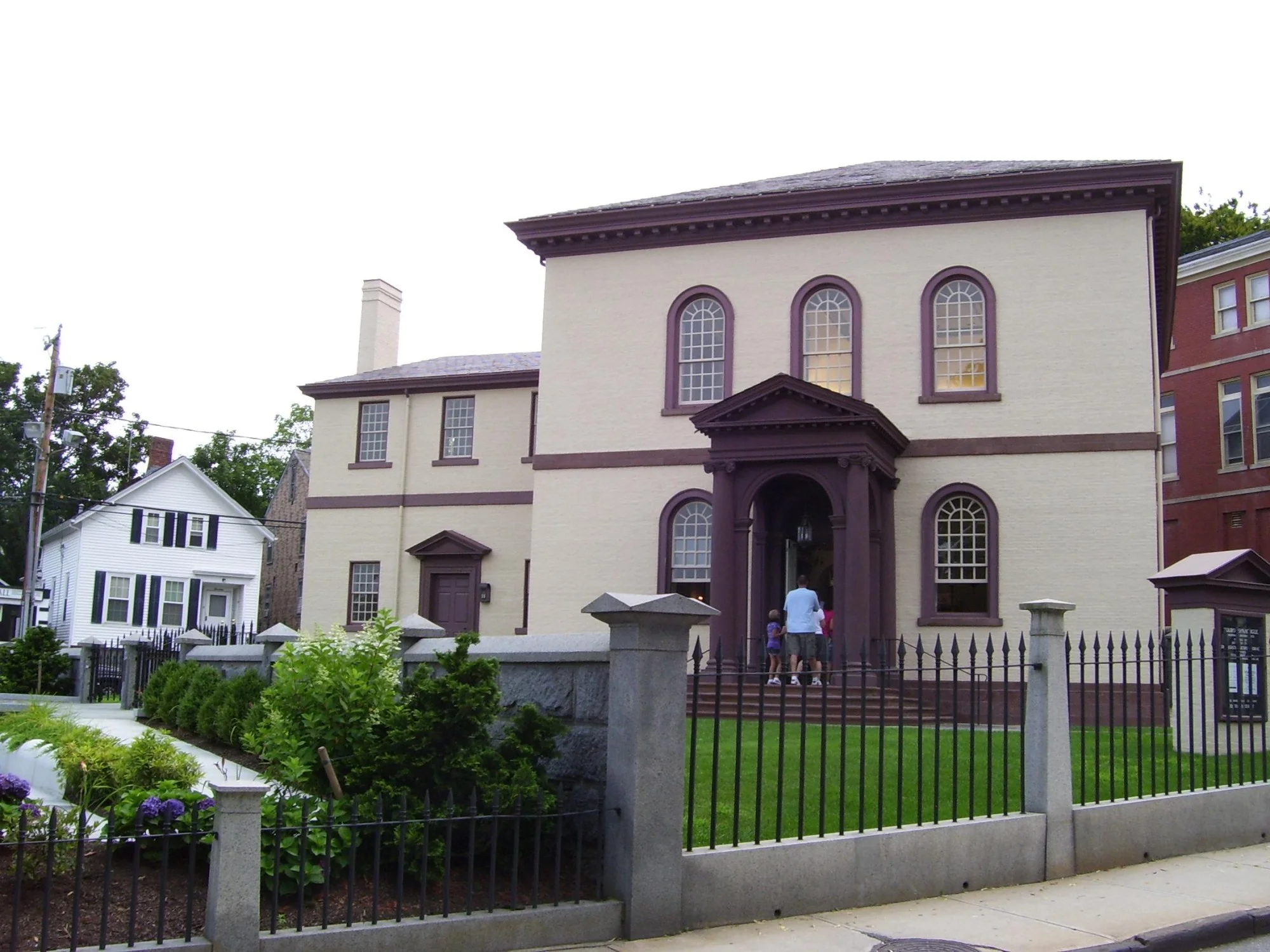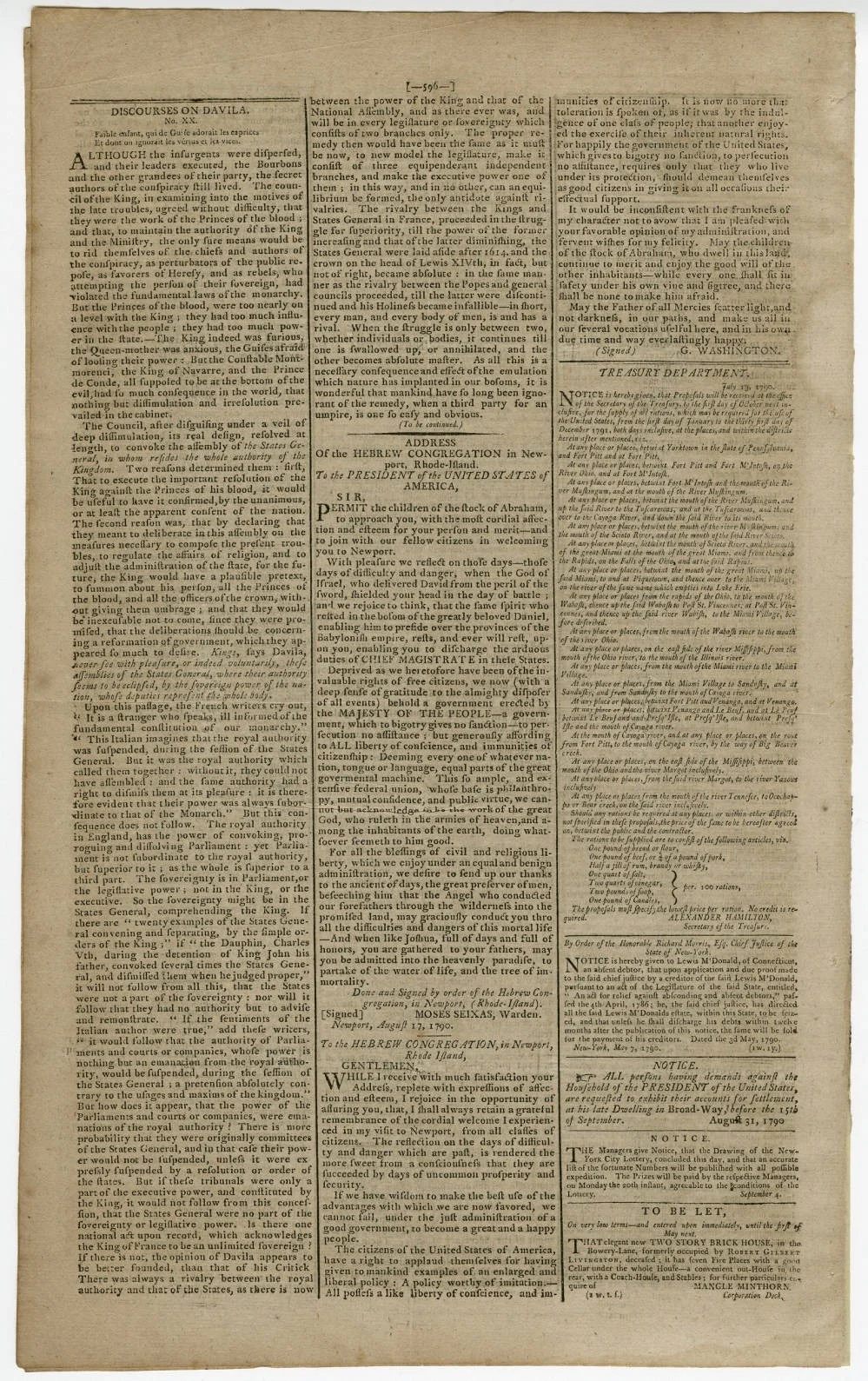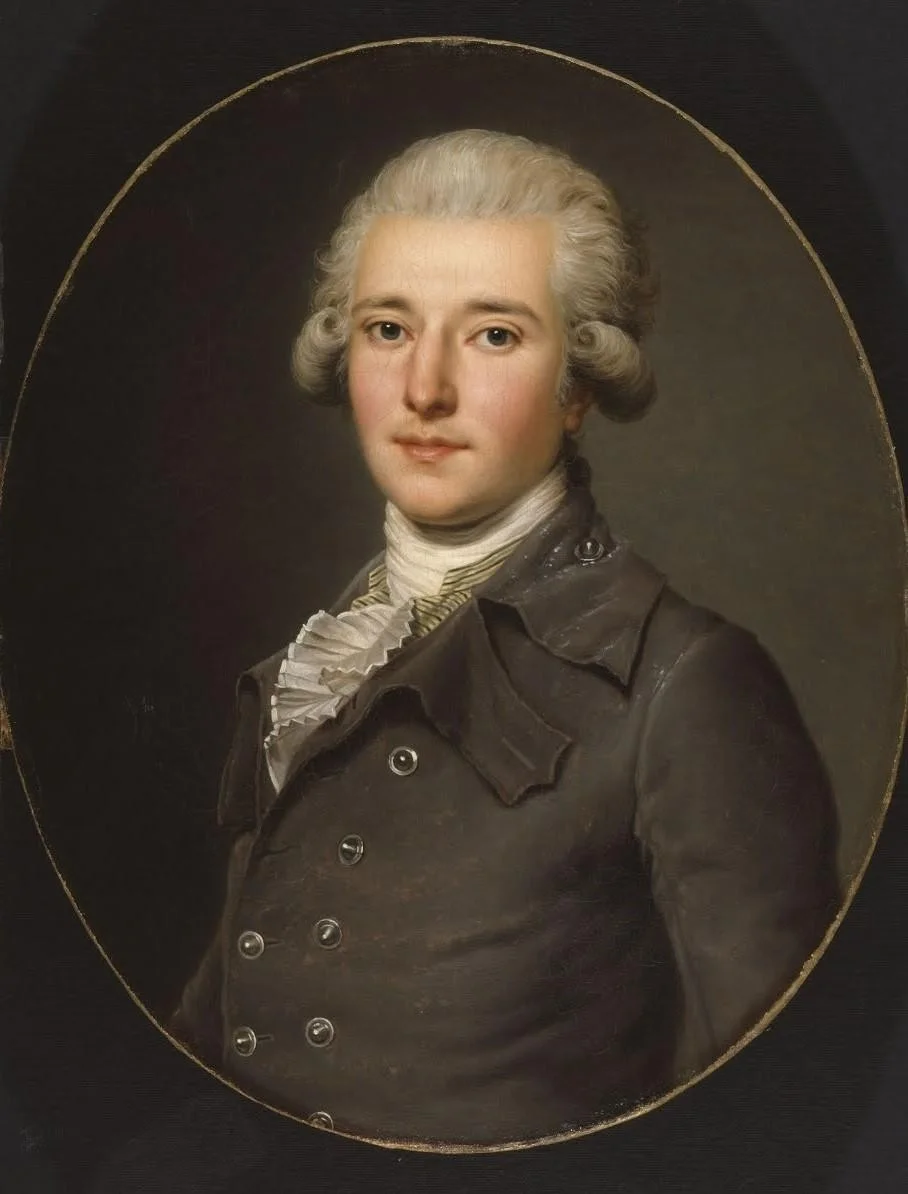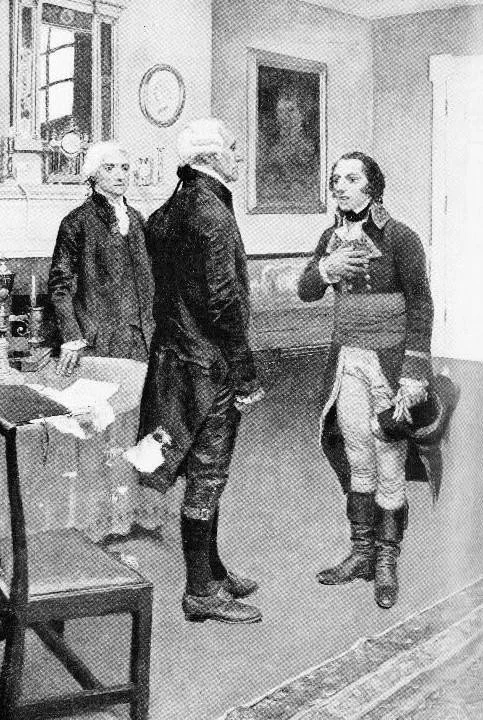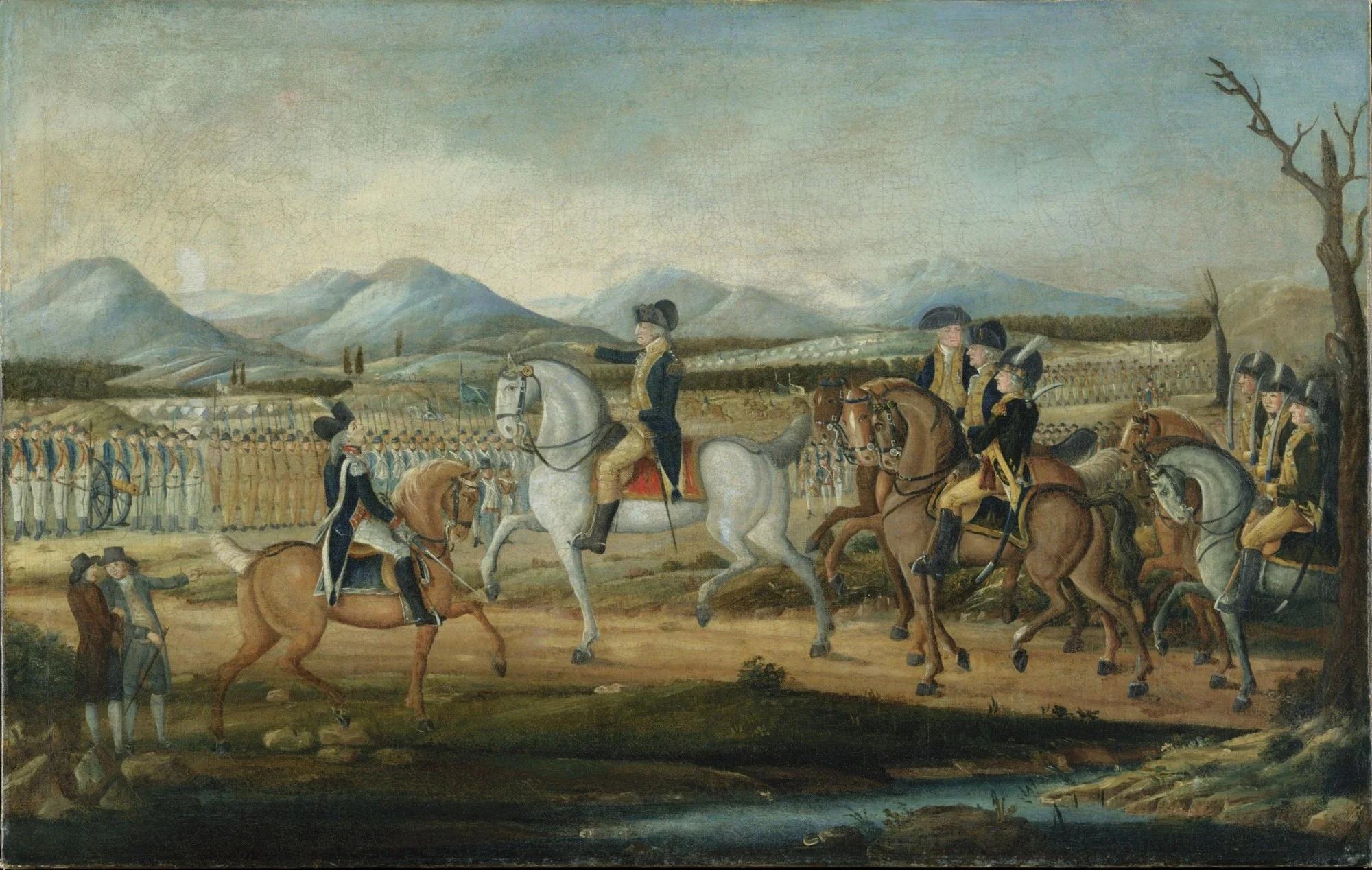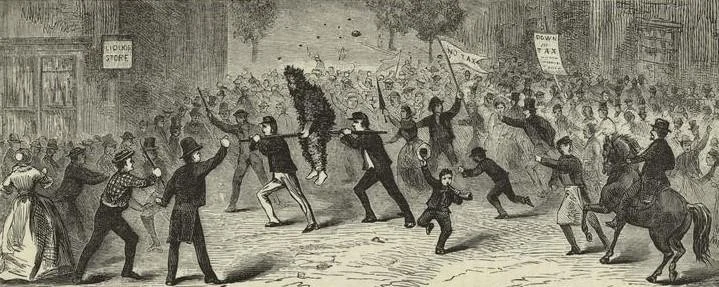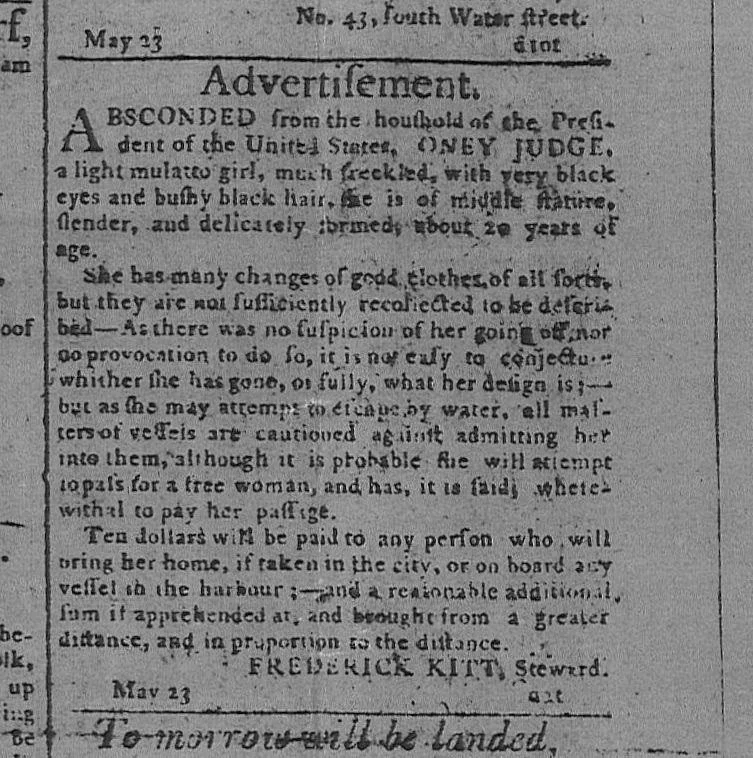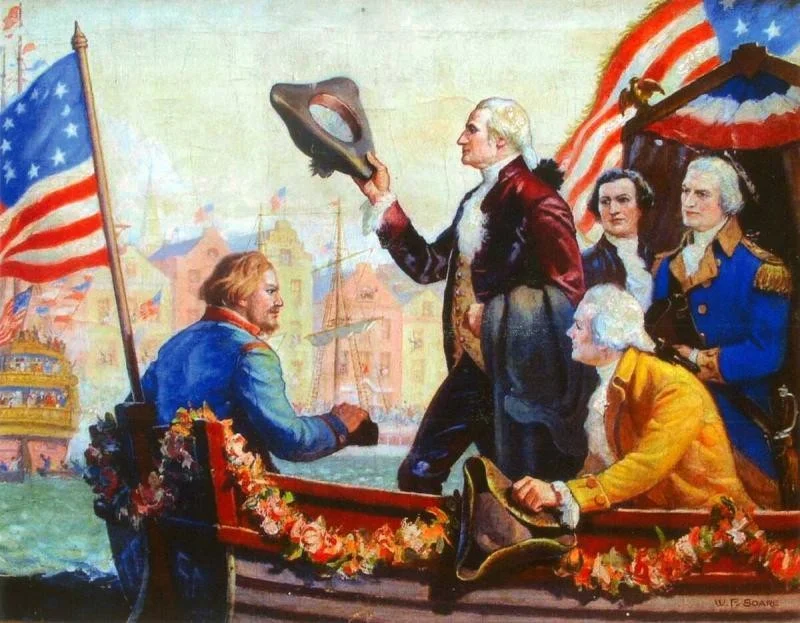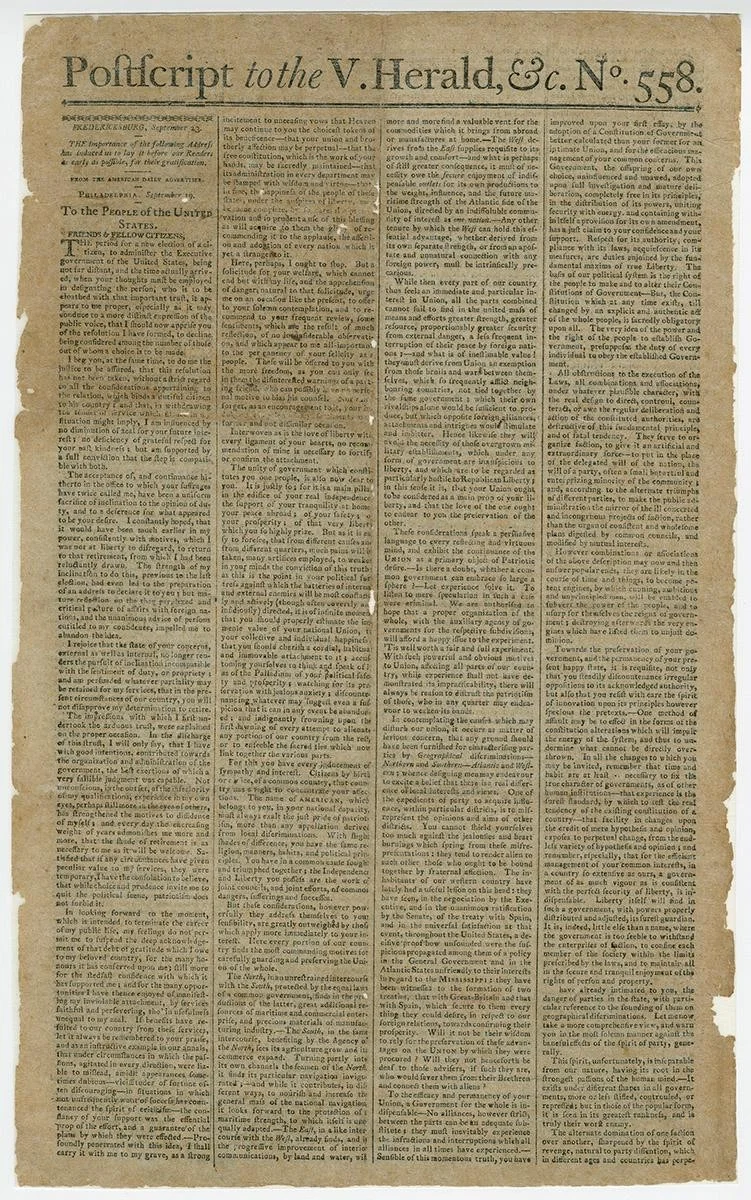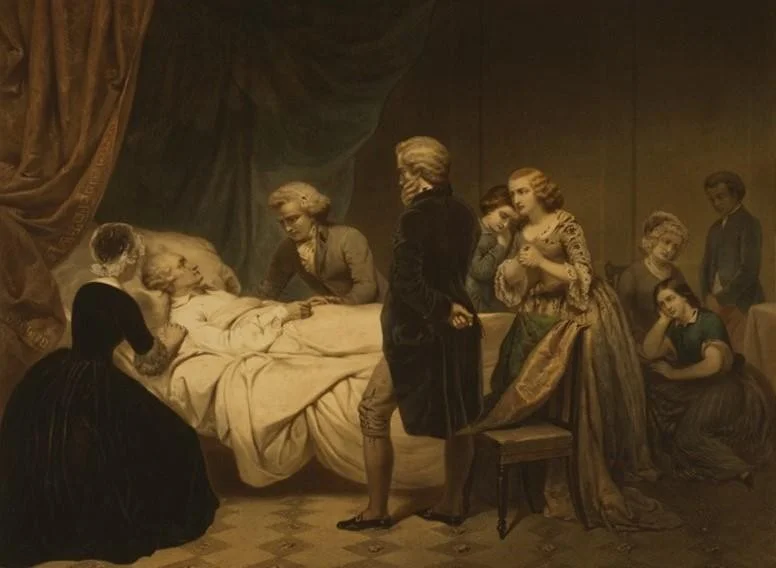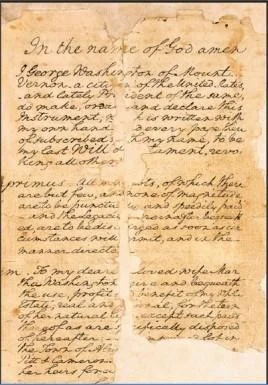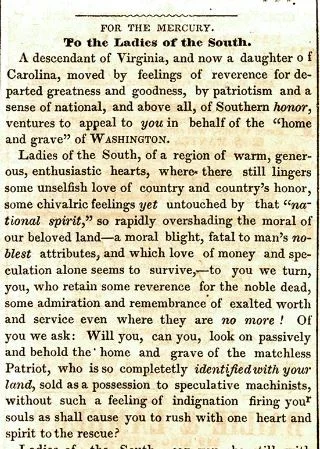A turning point is an idea, event, decision, or action that directly, or sometimes indirectly, causes change. In researching George Washington's biography you'll find turning points that have immediate repercussions, and those that's impact is clear only in retrospect. His biography also includes turning points where his actions and inactions not only affected himself and his family, but millions of others locally and around the world.
1754
Fort Duquesne
George Washington marched with General Edward Braddock to overtake this French fort in June of 1755 during the French and Indian War. By the end of the expedition, Washington was the only surviving officer.
The Journal of Major George Washington
The Journal of Major George Washington is of considerable historical significance. The journal provides a first-hand glimpse of frontier diplomacy, the beginnings of the French and Indian War, as well as early indications of Washington's well-documented physical vigor and leadership.
1775
Continental Army Commission
George Washington was officially appointed Commander-in-Chief of the Continental Army by his fellow congressmen during the Second Continental Congress. He attended the meeting in military uniform.
George Washington Tells Martha Washington
In this letter, George Washington tells Martha Washington of his appointment. He voices his fears, hesitations, and thoughts behind the appointment.
The Battle of Second Trenton
The Battle of Second Trenton was fought in the middle of the winter, and involved risky decisions: Washington could either advance north into New Jersey and fight against the British, retreat to Philadelphia, or stand firm. His decision changed the course of the American Revolution.
Map of Second Trenton
This is a British map, depicting the battles of Trenton and Princeton. It outlines the places where Washington's forces crossed the Delaware, and lists the number of casualties.
Valley Forge
Winters were especially hard during the American Revolution, and Valley Forge may have been among the worst of them. Washington struggled to support his army of over 11,000 people, lacking in food, supplies, and shelter.
Revolutionary War Trunk Plate
This trunk plate was created in 1776, and used by Washington as he traveled throughout the war. It was found in an archaeological dig at Mount Vernon.
The Newburgh Conspiracy
Towards the end of the Revolutionary War, Washington's army was on the verge of mutiny. Without their promised pay, officers were threatening to continue to fight after a peace treaty was signed, or refuse to fight the next time the army was called. Washington needed to act to save the country - and fast.
The Newburgh Address
To solve the Newburgh Conspiracy, George Washington addressed the officers with a nine-page speech that sympathized with their demands, but denounced their methods by which they proposed to achieve them.
1783
Washington Resigns his Commission
George Washington resigned from his position as Commander in Chief, returning to his home as a private citizen. This was one of the first times that a person of power willingly gave the power of the army back to the government body that appointed them.
Announcement of Resignation
This newspaper article informs the public of Washington's resignation from the military. It appeared in Philadelphia on April 3rd, 1783.
1790
Religious Freedom
There were many questions about the role of religion in America - would there be a state-sponsored religion? Could people publicly attend different places of worship? Washington decided that the people in the United States would be free to practice their religions, which was an unusual concept in the 18th century.
To the Hebrew Congregation in Newport, Rhode Island
As President, Washington reached out to religious groups saying that their beliefs would not be connected to their citizenship status. Religious freedom was a new frontier within self-government in the 18th century.
The Genet Affair
France was at war with England, and the French Ambassador (Citizen Genet) encouraged American citizens to fight on behalf of France. While this would support America's closest allies, it would also threaten their unstable relationship with England - as well as Washington's previous declaration of neutrality. What would Washington do?
Statement of Neutrality
Washington reaffirmed his decision of neutrality by issuing this statement seen in newspapers throughout the United States. As a result, the United States narrowly avoided war with Great Britain.
Whiskey Rebellion
When Congress passed a new tax on whiskey, farmers in western Pennsylvania decided to revolt. Would Washington enforce the tax - potentially starting a new civil war - or take it away, leaving Congress without much-needed taxpayer dollars?
Proclamation
This newspaper article informs the public of Washington's decision - to threaten the whiskey rebels to stand down, or face the power of the army. The rebellion was disbanded shortly after this proclamation.
Runaway Advertisement for Ona Judge
When George Washington was elected president, fifteen-year-old Ona Judge traveled with seven other enslaved people to the executive residence, first in New York and then in Philadelphia. She was among the enslaved people whom Washington secretly rotated out of the latter city in order to evade the 1780 Pennsylvania emancipation law. On May 21, 1796, as the Washingtons prepared to return to Mount Vernon for the summer, Ona Judge fled. As she recalled in 1845, “Whilst they were packing up to go to Virginia, I was packing to go, I didn’t know where; for I knew that if I went back to Virginia, I should never get my liberty. I had friends among the colored people of Philadelphia, had my things carried there beforehand, and left Washington’s house while they were eating dinner." Judge made the deliberate decision to find her own frontier of freedom that was denied to her.
Washington Resigns from the Presidency
In 1796, Washington informed the American public that he would not be running for reelection. Washington hoped that the country was stable enough to run without his leadership, and gave the people some final advice through his farewell address. This was one of the first times a leader of a nation had willingly stepped down - and helped transition - the next person in power.
The Farewell Address
After deciding to step down from the presidency, Washington issued this Farewell Address. In it, Washington gave his final words of advice to the nation.
1799
Washington's Death
Washington died on December 12, 1799. In his will, he promised freedom to every person he had legally owned (123 people total), upon Martha's death. This was unusual for the time period.
However, there were still at least 194 people enslaved at Mount Vernon, under Martha's estate. They were the husbands, wives, children, and friends of the 123 people who were freed. The still-enslaved individuals were passed down to Martha's children after her death, forcibly separating people from their communities and loved ones.
Washington's Will
Washington chose this will as he lay in his bed, dying of a throat infection. In it, he freed all of the enslaved individuals he owned, which would happen after Martha's death three years later.
Charleston Mercury Article
Louisa Bird Cunningham wrote to her daughter, Ann Pamela Cunningham, that if the men of the United States would not save the home of George Washington from falling into ruin, perhaps it should be the responsibility of the women. These words galvanized her daughter into action. Initially writing under the nom de plume, "A Southern Matron," Ann Pamela Cunningham challenged first the women of the South, and later the women of the entire country to save the home of George Washington. Her actions created a new frontier of historic home preservation that still exists today.
